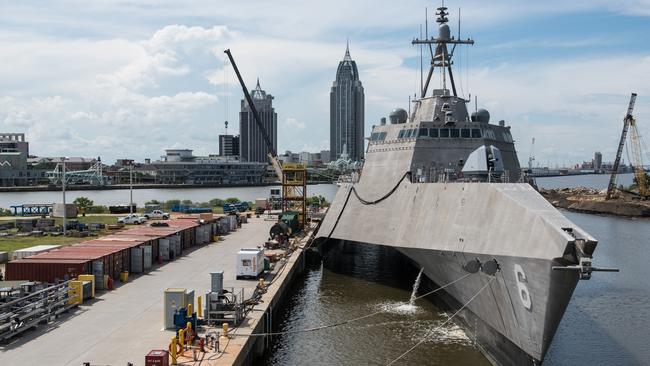For manageable diversification, 15 is the magic number for investors
The ideal number for a diversified portfolio should include some smaller caps – and a few favourites may sail into view.

How many stocks should you own to achieve some diversification?
The mathematics says seven is the magic number. But really it’s just the starting point. You get as much as half of your potential diversification benefits from owing seven stocks. Each stock has specific risk and market risk. When you blend their risk curves that market risk is reduced.
But that’s not much compensation when one of those falls out of bed. When one of your investments halves, you don’t think “at least I’m diversified”. Emotionally, I think 15 stocks is about right. You get beyond 20 and that’s too many to keep on top of if you have a full-time job.
Whatever your chosen number, the key lesson from the past 50 years in investing has been the value of diversification. As far as I am concerned you cannot effectively diversify your portfolio and reduce your risk if you don’t include small caps.
Why? One reason is that because they are not part of the mainstream market, hence you are getting returns that are not correlated to the performance of the benchmark ASX 200 index. What’s more, it is the most cost-effective – and is in many ways the only – way you can access the future.
Ten years ago, had we heard of Afterpay and the buy now, pay later phenomenon? Had we heard of lithium? Had we heard of electric vehicles being the future? Did we think that AI was going to take off? Did we think nuclear energy was going to be a viable option? I look through some of the small caps I like and they’re in businesses and industries as diverse as e-commerce marketplace, workplace management solutions, engineering, potash mining, energy, medical technology, recruitment, telecoms and electric vehicles.
Let’s talk about a couple of stocks to consider now.
On the blue chips side, I’m still really happy to own Alumina, whose income is derived from its 40 per cent ownership of the US-based giant Alcoa World Alumina and Chemicals (AWAC), which also has a 55 per cent interest in the Portland smelter in Victoria. That stock has climbed 30 per cent in recent weeks due to the coup in Guinea disrupting supply. But what we really like about it is the massive amounts of free cash it throws off, which goes into dividends.
You could include Rio Tinto and BHP in this category too. BHP has more diversification – so less risk, arguably.
Iron ore is the key here, so you have to be comfortable with that level of exposure.
You want small caps primarily for growth.
One quality company is Hansen Technologies, a software outfit which specialises in billing systems for big infrastructure and telco companies. I was taking profits at $6.30 after a bid from private equity, but that has fallen through. At $5.63 it looks much better value and I’ll be doing work on it. You have to remember that its stock was trading below $4 in early 2021.
One of the reasons Hansen is at the quality end is that it has built up a great business selling its products and services offshore. Getting access to a global market is a big key to success in many industries.
I remember laughing when US-born Richard Graham, founder and then CEO of Infomedia, compared his company’s exploits to Johannes Gutenberg’s invention of the printing press. I didn’t buy that, but nonetheless I was impressed with his chutzpah, bought the stock and didn’t look back (until I took profits).
Outside of its global presence this company has two other qualities I like: it’s a niche business and it generates subscription or recurring revenues. The company provides software for auto parts, spares and data analytics for dealer networks around the world to access car parts catalogues. This is one small cap that has a global presence.
Then there is Austal, the only non-US prime contractor that the US navy has ever had. Not only does it build the ships, it maintains them. Its stock has suffered simply because it hasn’t got any new orders and seems to be heading towards a production cliff.
In my view the US and Australian governments are not about to let one of the three largest ship makers in the southern hemisphere go into a period of inactivity. The reason we want US subs is the same reason we want Austal to fill in the gaps above the water.
Richard Hemming is an independent analyst who edits undertheradarreport.com.au
r.hemming@undertheradarreport.com.au


